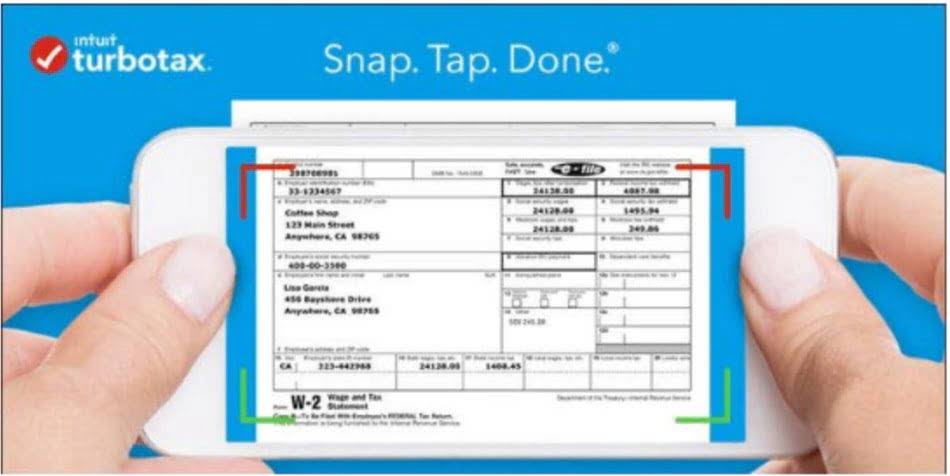
Go a level deeper with us and investigate the potential impacts of climate change on investments like your retirement account. My Accounting Course is a world-class educational resource developed by experts to simplify accounting, finance, & investment analysis topics, so students and professionals can learn and propel their careers. Designed for freelancers and small business owners, Debitoor invoicing software makes https://www.bookstime.com/articles/how-to-scale-a-business it quick and easy to issue professional invoices and manage your business finances. Machine is depreciated using straight line basis over its useful life of 10 years. Historical Cost is the original cost incurred in the past to acquire an asset.
- In practice, the cost principle aids in budgeting and forecasting by offering a stable reference point.
- Assets are listed at their acquisition cost, which can sometimes result in undervaluation, especially in times of inflation or significant market appreciation.
- Comparing the current value of an asset with its original value indicates how well it has been performing through the years.
- No account is taken of the increase in value from $100 to $120 in year 1.In year 2 the company records a sale of $115.
- The historical cost principle states that a company or business must account for and record all assets at the original cost or purchase price on their balance sheet.
Price/Earnings-to-Growth (PEG) Ratio: What It Is and the Formula

You inquire about the price, and the seller responds with an excessive figure. The seller explains that the piece is valued for its beauty, historical significance, and rarity. For example, the Office Building of ACB Company was originally purchased for $500,000; ten years later, in 2016, the market value of the building is $1,500,000. The articles and research support materials available on this site are educational and are not intended to be investment or tax advice. All such information is provided solely for convenience purposes only and all users thereof should be guided accordingly.
What is Fair Value?
Because fair values may be highly volatile and judgmental, therefore comparability and consistency many be reduced if values of the assets were to change from period to period. Historical cost is crucial in accounting as it provides cost principle a clear and consistent basis for measuring an asset’s value and helps ensure that assets are not overvalued on the balance sheet. It also makes the calculation of depreciation and asset impairment charges easier to perform. When it comes to accounting methods, mark-to-market (MTM) and historical cost are two distinct approaches with various applications. Understanding these two principles can help investors and accountants make informed decisions concerning the valuation and reporting of assets.

AccountingTools
We will explore the advantages and disadvantages of using this principle, its exceptions, and the alternatives available. We will also examine its significance in financial reporting, taxation, and government accounting. Historical cost is the original cost of an asset, as recorded in an entity’s accounting records. Many of the transactions recorded in an organization’s accounting records are stated at their historical cost.
While it is not depreciated, it is likely that its value may have appreciated over time. It is likely the asset’s reported value is very different from its market value. Here are some examples of assets, which are not recorded at their historical cost. Financial statements aim to provide a historical record of the finances of a company for a particular period (typically 1 year).

- When companies acquire new assets, the cost principle provides a clear and objective method for recording these transactions, ensuring that the initial investment is accurately reflected in the financial statements.
- For instance, if a company purchases a piece of machinery for $100,000, this amount will be reflected in the financial statements, regardless of any subsequent changes in the market value of the machinery.
- Nevertheless, valuation is the base for all the transactions, business analysis, and mergers and acquisitions deals.
- In its simplest sense, FMV is the estimate of the price you would sell or buy a property in the market to a willing buyer or from a willing seller, respectively.
- This can include a number of additional costs, including transport costs, freight in, the cost to demolish existing structures and install a concrete pad for the asset, and test it to ensure that it functions as intended.
- This article will delve into the concept and importance of the historical cost principle in businesses.
On the other hand, short-term assets aren’t in your possession long enough to significantly change value. Market value should not dramatically affect the value of short-term assets, like inventory. A leveraged buyout (LBO) is a transaction in which a company or business is acquired using a significant amount of borrowed money (leverage) to meet the cost of acquisition. However, bookkeeping based on IFRS, Building was initially booked at its original cost and then depreciated based on its economic use or at the fair value per the revaluation model. The accounting department of Practical Example LLC receives an invoice for the purchase of an office printer. The printer was bought on June 25, 2016 and the cost of the printer was $1,350; however, the invoice was received on June 28, 2016.

Original Cost Basis:
Historical cost is a fundamental accounting concept used primarily for recording long-term assets on a company’s balance sheet. It represents the original price paid when an asset was acquired by the organization. With historical cost, assets are valued based on their initial cost and not their fair market value (FMV).
